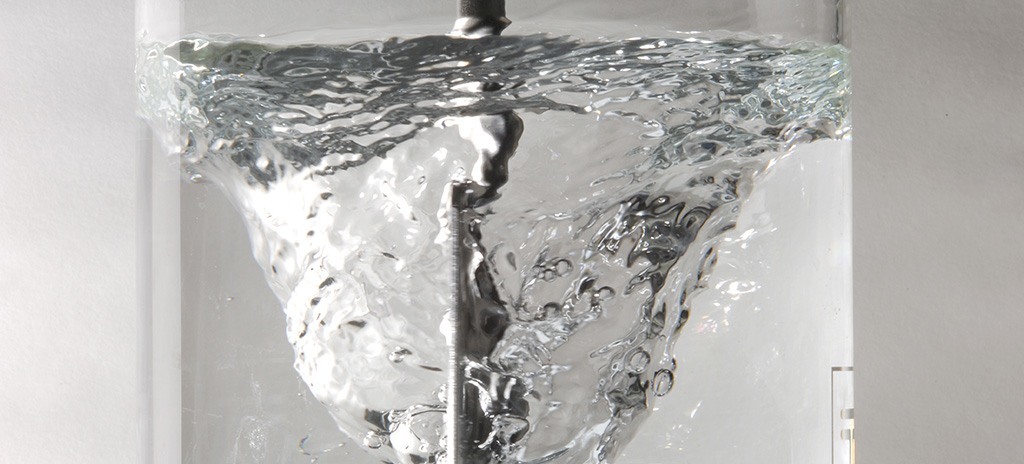

Purification
The management of the integral wáter supply begins with the catchment of wáter coming from the subsoil or Surface, and must be treated adequately to guarantee safety for human consumption.
All installations that Global Omnium/Aguas de Valencia manages use the latest technology and have experience from a team that carry out exhaustive tests 24 hours a day, 365 days a year.
It currently has plants in many Spanish locations such as the La Presa plant (Manises-Valencia) or the plan in El Realón (Picassent-Valencia), among others.
By applying the most advanced technologies available, the ETAP's mission is to receive surface or ground raw water and send it through a series of treatments to ensure that consumers are given treated water free of harmful microorganisms to health, of any possible toxic substance, odors and flavors.
The purification treatment begins with the entrance of water to the Treatment Plant Station (ETAP). Raw water goes then accross a process of roughing to eliminate large solid bodies throuh grates and macrosieving processes.
Then primary disinfection/primary oxidization is done by means of chlorine dioxide, whose most important feature is the ability as an oxidizing precursor to destroy organic or humic substances, without generating halogen subproducts.
Subsequently water flows into the decanting stage. Before entering decanters, pH levels in water are reduced, what is known as acidification (by dosing carbon dioxide). Thus, the coagulation and disinfection processes are improved and a cleaner, and non-fouling water is obtained.
Prior decanting, powder activated carbon is dosed, whose purpose is to adsorb water micropollutants, specific to water, that raw water that might contain as pesticides and / or savours.
Decanting is the removal of particles by sedimentation; particles that may come from dissolved substances, suspended solids or colloidal particles themselves. By dosing a coagulant (poly-aluminum chloride), then a flocculant (polyDADMAC), these particles increase in size and will become settleable in decanters. The sedimented particles at the bottom of the decanter, are then extracted in the form of purge sludge and will enter sludge treatment. On exiting the decanters, intermediate chlorine disinfection takes place.
Decanted water then passes onto the filtration step; at this stage water passes through a granular bed of silica sand or granular activated carbon (GAC). For GAC filters, in addition to the physical removal of particles, a chemical removal by adsorption of organic substances, hence an organoleptic improvement of treated water takes place.
Finally an ultimate disinfection is performed by ultraviolet radiation and subsequent chlorination until the value of free residual chlorine at plant output meets the target. UV disinfection is a very effective physical disinfection process which requires a contact time in the order of seconds to complete pathogens inactivation.
